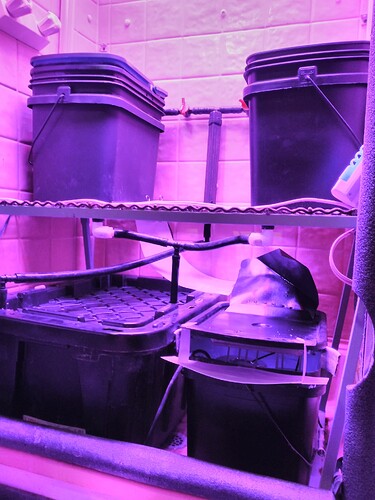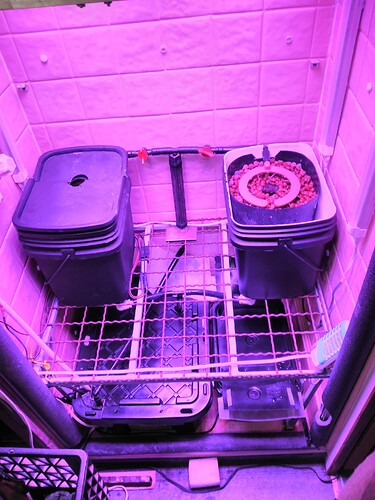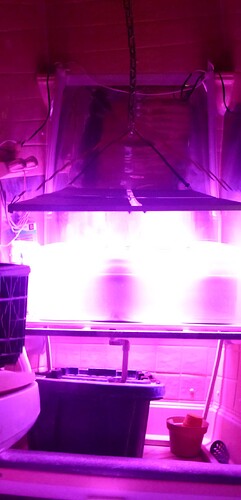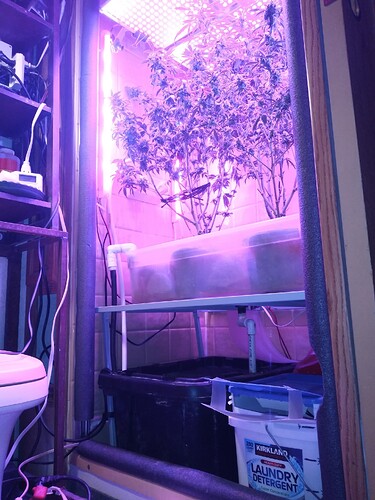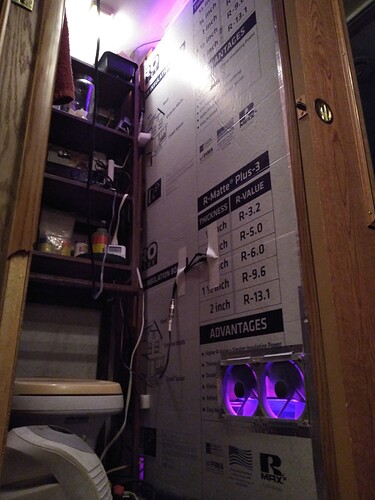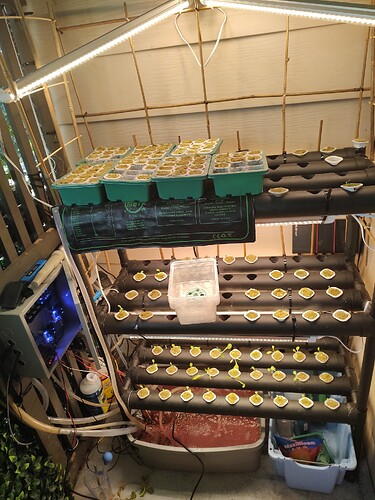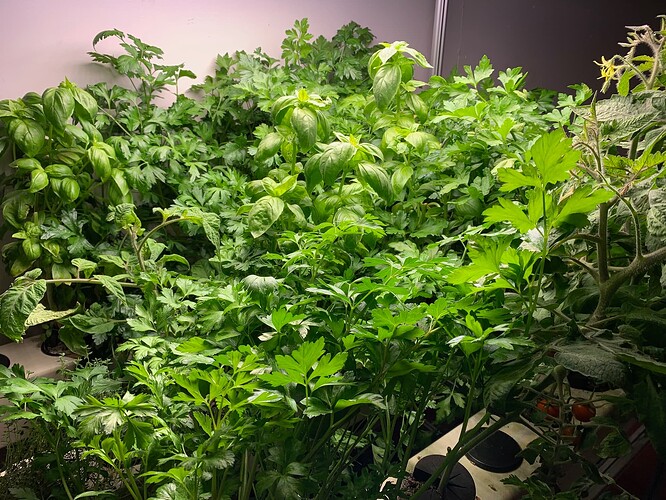Hi,
I saw the amazing build guide here:
and it looks truly awesome.
However, I live in a fairly small apartment, and I’m also looking at just doing a small-scale setup to teach the kids a bit more about electronics and biology. Previously, the kids were using something like this:
which they thought was pretty cool - however, you can’t really tinker or take it apart, and also the official “lingots” (basically soil with seeds) is $15 each time. That, and it’s soil, not really hydroponics (which also makes a mess, when the kids decide to poke at the soil pots…).
I’m wondering - has anybody done a really compact, small-scale hydroponics setup with MyCodo that they’re willing to share?
Something that you could conceivably do indoors in a small apartment, say in the corner of the living room?
Or how would you practically go about scaling down Kyle’s setup in his guide?
I also had some specific questions:
- Is it mandatory to have the setup inside a grow tent? I assume if you don’t have it, the drawbacks are that you won’t be able to control the temperature/humidity, and the grow lights will be less efficient due to wastage. Are there any other issues? Has anybody tried a hydroponics setup indoors that isn’t enclosed, and how did it go?
- If I do get a grow-tent, I saw there are small compact “clone tents” (I assume for plant propagation) that are shorter in height. For example, this 18" Clone Tent from GorillaGrow. Would something like that be suitable for a MyCodo hydroponics setup like the video? Or any caveats or pitfalls to watch out for?
- For the fluid channels, I had a lot of trouble finding places to buy a “downspout” - but it turns out that in Australia, we call them a downpipe
 (e.g. this 100mm x 50mm PVC downpipe from Bunnings, which is equivalent to the 4 x 2 inch one referenced in Kyle’s guide.) I was thinking I can do shorter lengths of these - however, does anybody have any ideas of how I would suspend/mount them in the clone tent, while maintaining the 2-3° incline mentioned in the guide?
(e.g. this 100mm x 50mm PVC downpipe from Bunnings, which is equivalent to the 4 x 2 inch one referenced in Kyle’s guide.) I was thinking I can do shorter lengths of these - however, does anybody have any ideas of how I would suspend/mount them in the clone tent, while maintaining the 2-3° incline mentioned in the guide? - For the pumps, I believe the guide is using 4 x Atlas Scientific EZO-PMP. However, I saw that Atlas Scientific also make the TRI-PMP-BX, which is actually 3 peristaltic pumps in a nice aluminium enclosure that’s controllable over a single wire. Would there be any issues using something like this with MyCodo? It’s a shame that it only had 3 pumps, and the guide needs 4 pumps - I wonder if I should just get one Tri-pump + 1 single pump - or does anybody have any other clever ideas?
- I did some searching online, and some of the other compact setups (e.g. this tutorial video), or ready-made setups (e.g. Superponics 8 Hydroponic Grow System) just seem to be a container, into which you pump the chemicals into directly, which I believe is called DWC (Deep Water Culture). This is versus’s Kyle’s setup, which I think is nutrient film technique, right? (Apologies if I have the terminology wrong). I’m just wondering why the NFT method was chosen here - is it better suited for MyCodo’s capabilities? Or more suited for home growers?
- One of the plants I was looking at growing was wasabi. However, looking at some Wasabi hydroponics resources online (e.g. Maximum Yield, Wasabi Crop, Grozine, Wasabi.org), some of them mentioned that the root system gets quite big, and can clog up the channels if you use a NFT system. I know Kyle’s guide mentioned using larger channels - but then that doesn’t work well if I’m trying to do a compact setup in a small apartment. Does anybody have any ideas here please, to avoid say, the root system from blocking the entire NFT channel? (Or is that not a real risk?)
Thanks,
Victor
